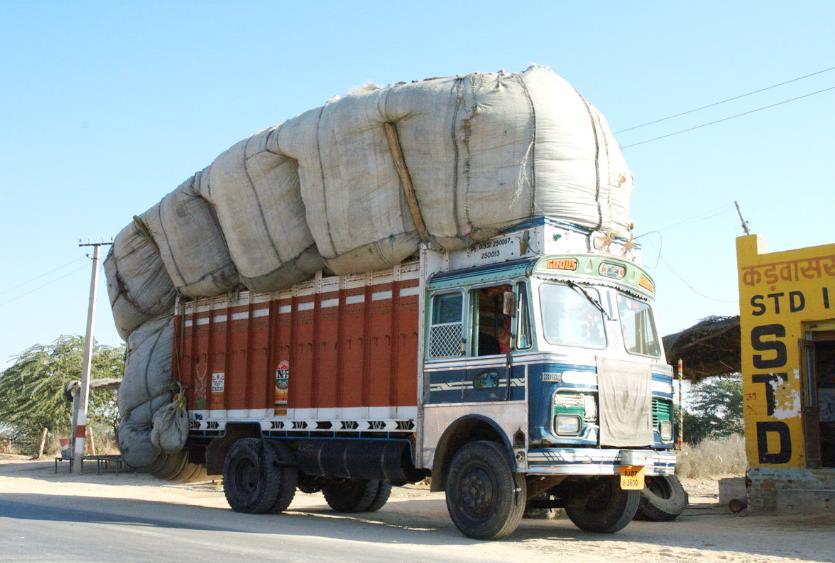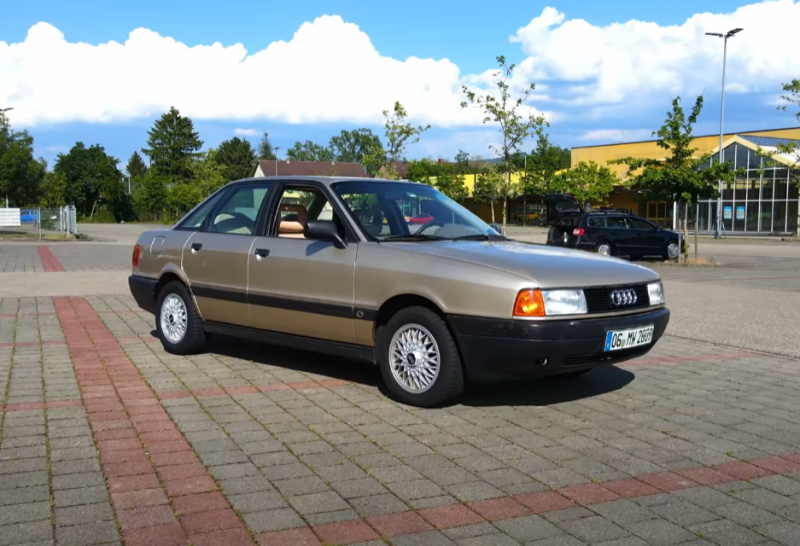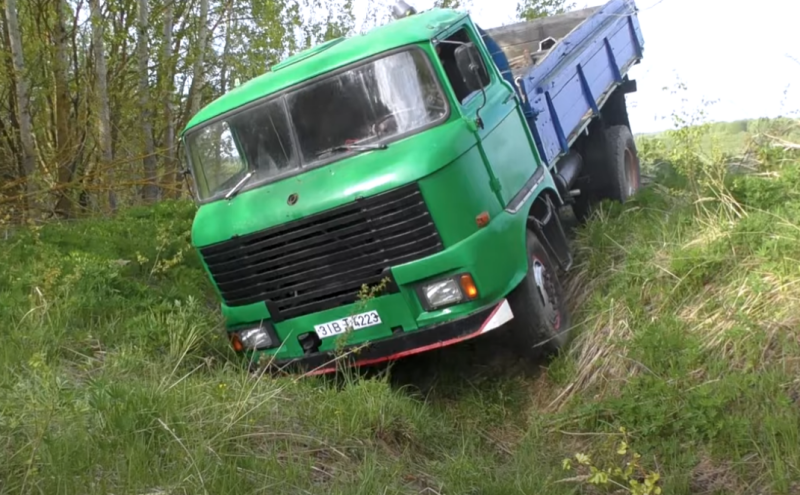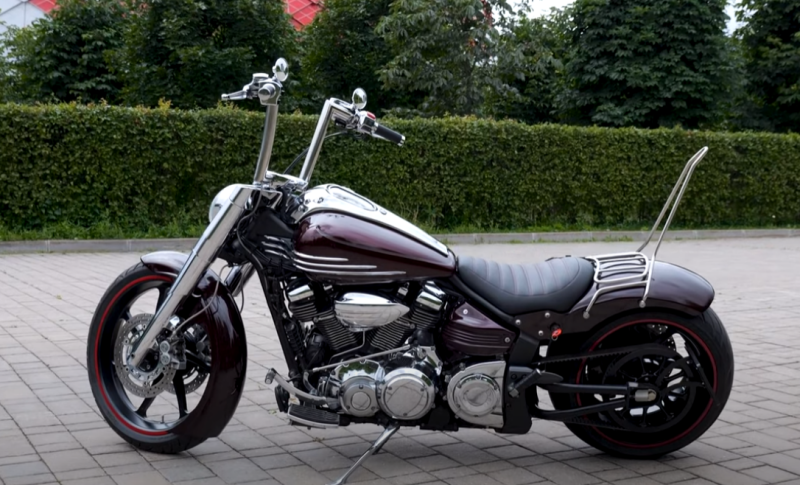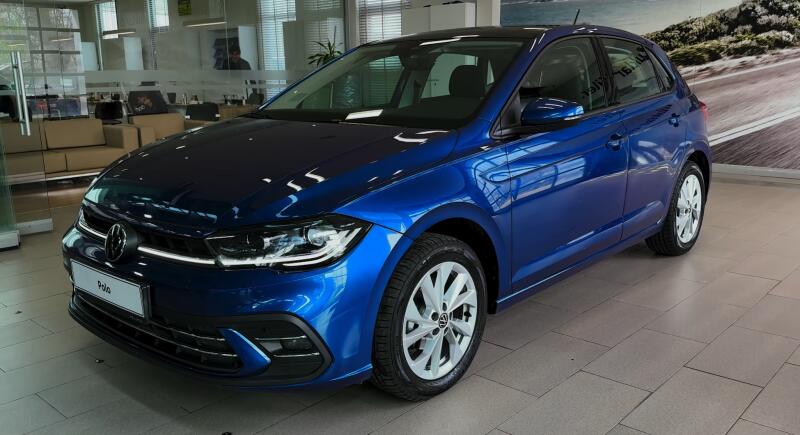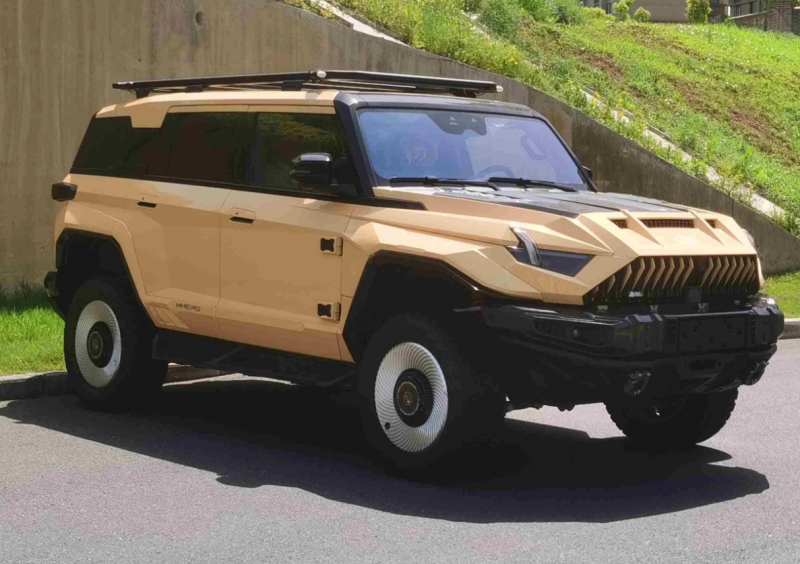This is the profile that the Mumbai-based manufacturers followed during the first decade. But, in the early 50s, a worldwide boom in automotive technology began, and the Indians decided not to stand aside. Cooperation with the German Daimler-Benz led to the first commercial vehicle produced at the Mumbai facility.
TATA Motors - change of direction and entry into the international market
A trial balloon, launched in 1954, was a notable success and paved the way for further development. Now the company has become focused on the production of automotive vehicles of various types and designs. The choice turned out to be right and became the beginning of the path to worldwide fame and fame.
The first trucks produced under a German license were 5 and 7 tons. They were named TATA-1210 (bonnet design) and TATA-1213 (semi-bonnet cab). The Indian market had to wait for a full-fledged cabover until the early 60s.
To ensure the uninterrupted production of trucks, the German side was forced to supply several thousand sets of various parts annually. This continued throughout the entire 15-year contract. After that, India managed to establish the production of almost all the necessary components and components. This took the company to a new level.
 613th, well known in Russia. Photo: youtube.com
613th, well known in Russia. Photo: youtube.comAt the start of each decade, the Mumbai-based company has reached new heights. So in 1961, the export of TATA cars to other countries started. At first, these were the closest Asian neighbors, then the geography of supplies expanded noticeably. In the next decade, TATA Motors was recognized as the leading car manufacturer in India. This led to a noticeable expansion of the range of vehicles produced and its types. Over time, vans and pickups appeared among the TATA list. Passenger-and-freight models from India have also become very popular.
This vast variety began with the humble Tatamobile shown to the general public in 1980. Also from that time, the commissioning of new large automobile plants that became part of the company began. Technical support was constantly provided by partners from Mercedes-Benz, who owned 11,5% of the shares of the Indian company.
Trucks produced at different times
The first commercial vehicle produced by TATA was a medium-duty truck - a copy of the West German one, assembled at the Pune plant in 1960. He received a lot of flattering reviews, which nullified one "but". The Indian road surface left much to be desired and could not ensure the operation of even medium-duty vehicles. Therefore, manufacturers had to urgently reorient themselves to the production of vehicles with a much lower carrying capacity.
 Solemn start of the release of the 407th model. Photo: youtube.com
Solemn start of the release of the 407th model. Photo: youtube.comThe prototype of the first of them, TATA SFC-407, was ready in 1986. The truck received a 3-liter, 75-horsepower internal combustion engine that meets Euro-2 standards. It was of its own design and was named TATA 497 SP. But the elements of the exterior were of German origin:
✅ cabin from Hanomag
✅ chassis from Mercedes T2 508D
✅ some parts from other German models
It is worth adding that the design of the cab was of a transitional type - half-bonnet. There were also spring suspensions and a single-sided design of the rear wheels. Successful development has led to many modifications based on it:
✅ army off-road truck
✅ Avron brand cars
✅ cargo-passenger option
In 1994, the model went through a modernization, which outwardly was not very deep. But the internal structure was noticeably modernized. For example, the dashboard was replenished with a stationary radio and a USB connector. At that time, it was one of the seven basic TATA models, among which there was also a truck tractor with the “2315” index. The entire range of heavy vehicles of the brand was equipped with diesel engines manufactured by TATA-Cummins JV.
 Workplace of the driver of the Ace mini-truck. Photo: youtube.com
Workplace of the driver of the Ace mini-truck. Photo: youtube.comAnother model of the company will be of particular interest to our readers. This is a light truck TATA LPT-613. The thing is that it was this car that became the prototype for the AMUR-2004 produced at the former Ural Automotive Plant since 4346. Its popularity is evidenced by the fact that even earlier it began to be produced in neighboring Ukraine under the brand name BAZ-T713 "Plantain". This car was a low-frame cabover, again produced under a German license. But the engine with which it was equipped was of its own design of the "NA" type.
And its use was not limited to this. On the basis of the car, buses were made, which in Ukraine received the marking BAZ-A079 "Etalon". In the Volgograd region, the VAP "Volzhanin" also mastered the production of buses of the same name with the marking "3290".
At the beginning of the new millennium, work began on creating a prototype of a new mini-truck. They became TATA Ace. It was the first car of the plant with a carrying capacity of less than 1 ton. Such light-duty transport was conceived by Ravi Kant as a real replacement for auto rickshaws, which are widespread in India. To create the optimal vehicle, a survey was conducted among the interested party - drivers. Most of them were very happy to change from a three-wheeled motorcycle to a full-fledged mini-truck. Its serial production started in May 2005.
 Indian baby Ace. Photo: youtube.com
Indian baby Ace. Photo: youtube.comSix months later, the new product confirmed the correctness of the choice: its implementation increased the total sales of TATA light trucks by 36,6%. Since then, the number of produced Ace has been constantly growing, and for several years in a row it was one of the most popular in the TATA model range. At the end of the summer of 2008, the company produced the 200th truck of this model. Such excellent production rates were achieved, among other things, thanks to exports to many countries on three continents: Africa, Europe and South America. It had the following options:
✅ carrying capacity - no more than 1 ton.
✅ engine power - 70 hp With.
✅ fuel tank volume - 38 l.
In addition to these models, the company has also mastered the production of many buses and cars with various body types. Station wagons stand apart, which TATA often positions as cargo-and-passenger vehicles. One of the most famous is Gurkha. It was also produced as a pickup truck with a carrying capacity of up to 1 ton or a van with a payload of up to 700 kg. The model was discontinued in 2003.
TATA in Russia
The company first appeared in our country as a shareholder of Avron in 1993. Then TATA-407 modifications began to be produced at Russian facilities, assigning them the above brand. The first pancake came out lumpy after a few years, the joint project came to naught. However, the Indians showed perseverance and a decade later, in 2004, they signed an agreement with CJSC Automobiles and Motors of the Urals. So the already mentioned AMURs appeared. Two years later, the 613th model of the Indian company entered the Russian automotive market.
 Single slope 407 EX. Photo: youtube.com
Single slope 407 EX. Photo: youtube.comTATA is still thriving today, being one of the largest manufacturers in the world in many areas of automotive technology. Another confirmation of this is the attempt by the Indians to reincarnate Gurkha as a new electric car TATA Sierra EV. Its concept was presented at the Expo-2020 exhibition, and mass production should start as early as 2023.
